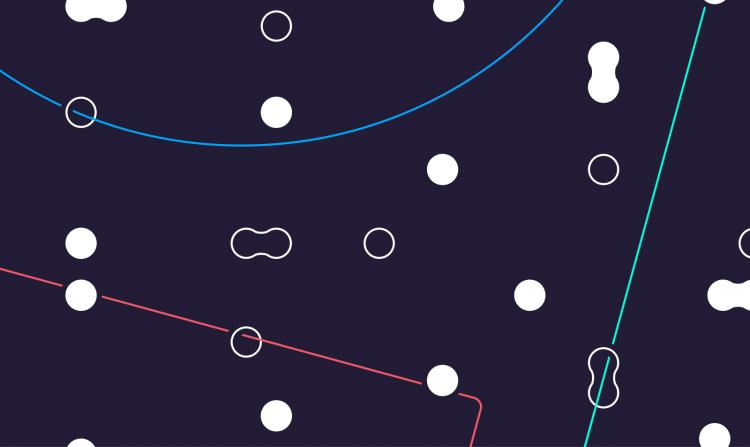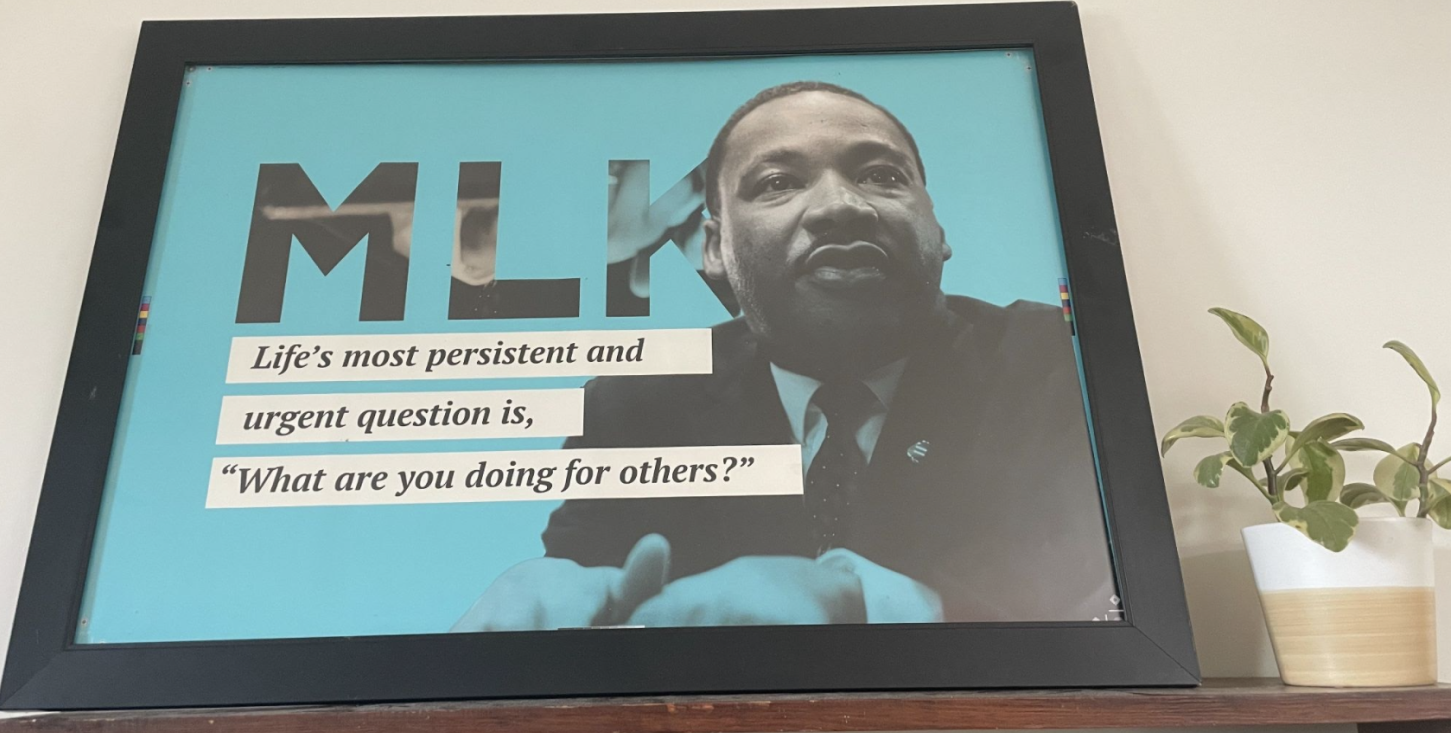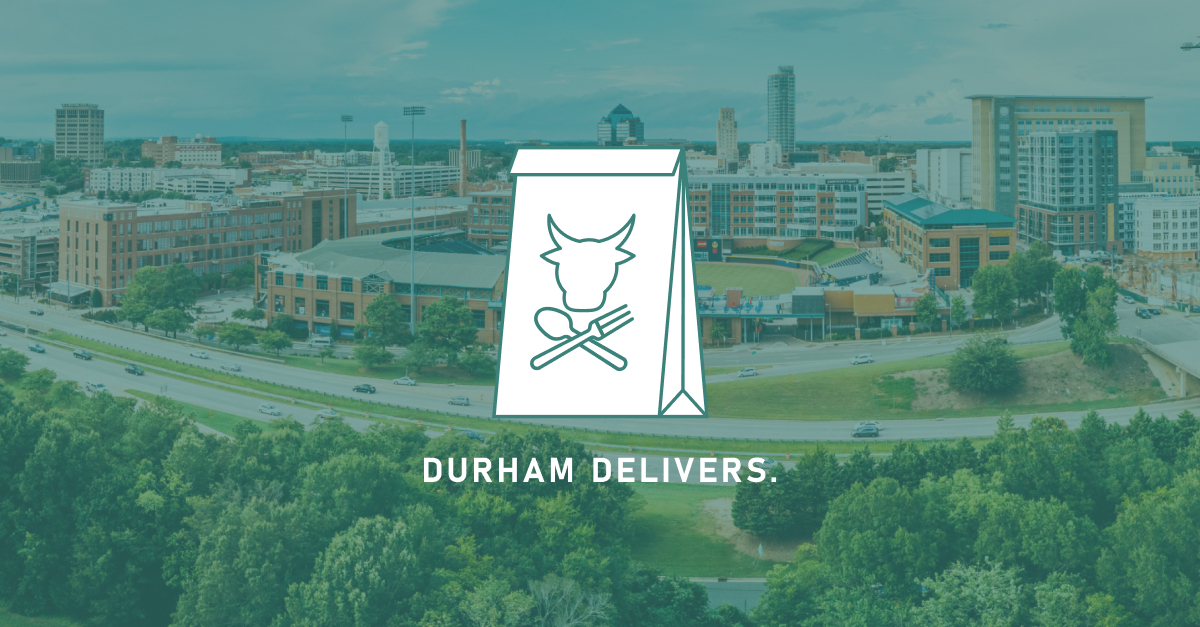In my last post about reflections on DEI at Savas, I mentioned that part of the inspiration for renewed conversations about diversity was our need to hire more team members because we’ve seen a sustained increase in demand for our services. It would be fair to characterize most work coming in during Savas’s first few years as word-of-mouth. However, when COVID-19 hit the U.S. hard in early 2020, our efforts to keep everyone employed during the downturn also served as a helpful nudge to invest in new sales and marketing channels. The pursuit of new ways to win business is a natural maturation of our organization. However, as we are wont to look for silver linings, we celebrate the acceleration of a couple of promising channels that came to be as a response to preservation rather than growth. While word-of-mouth referrals will always be welcomed and are indeed also growing, they represent a relatively haphazard source of work, as opposed to the more systematic, methodical, and therefore predictable newer channels. This increased insight, in turn, has allowed us to plan for growth more explicitly, and we find now that we’re more limited by existing team size than incoming opportunities. The consistency of incoming work has allowed us to plan for a maturing team structure and peer further up Maslow’s hierarchy to a more fulfilling expression of Savas’s contributions in the world.
Since founding Savas, it has never been about solely the project work for me; I’ve always had my sights set on what value we could bring beyond crafting excellent digital experiences for our partners as we grow in skill, experience, size and stature.








